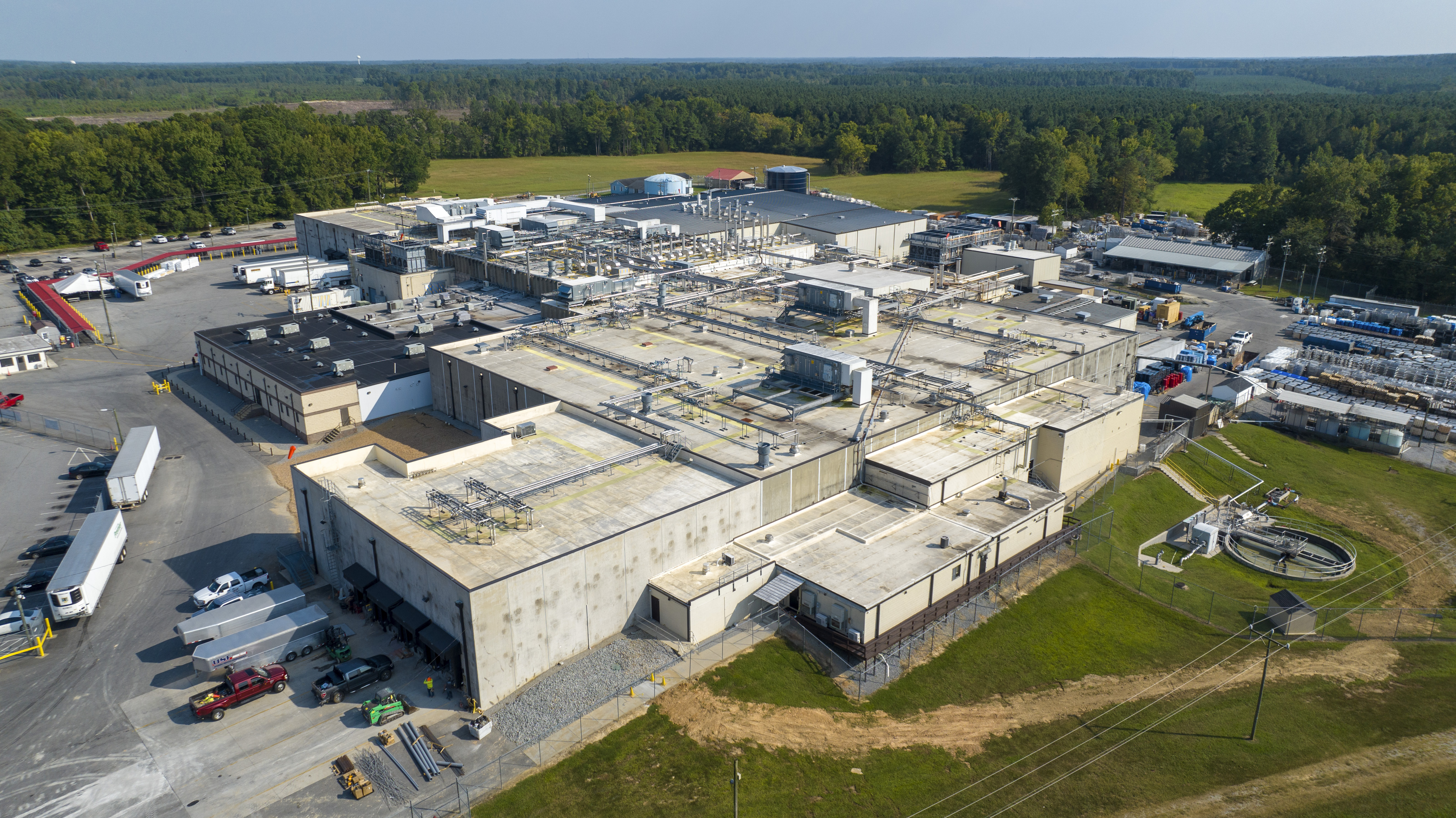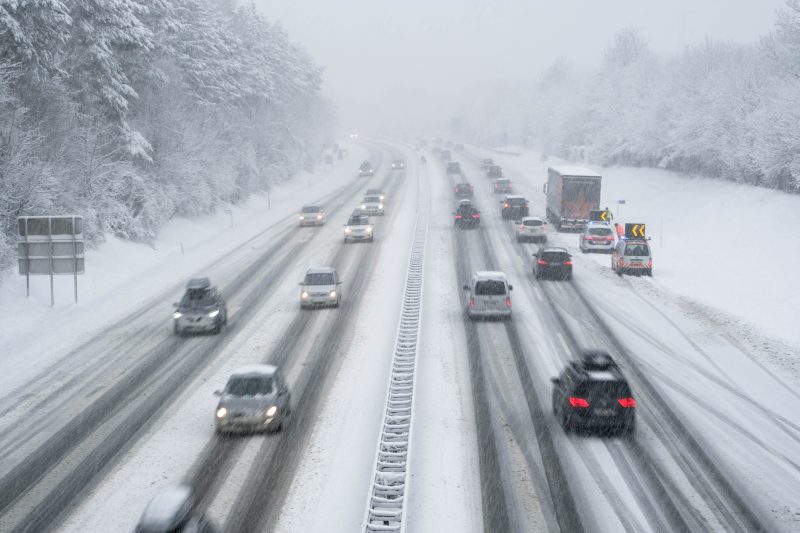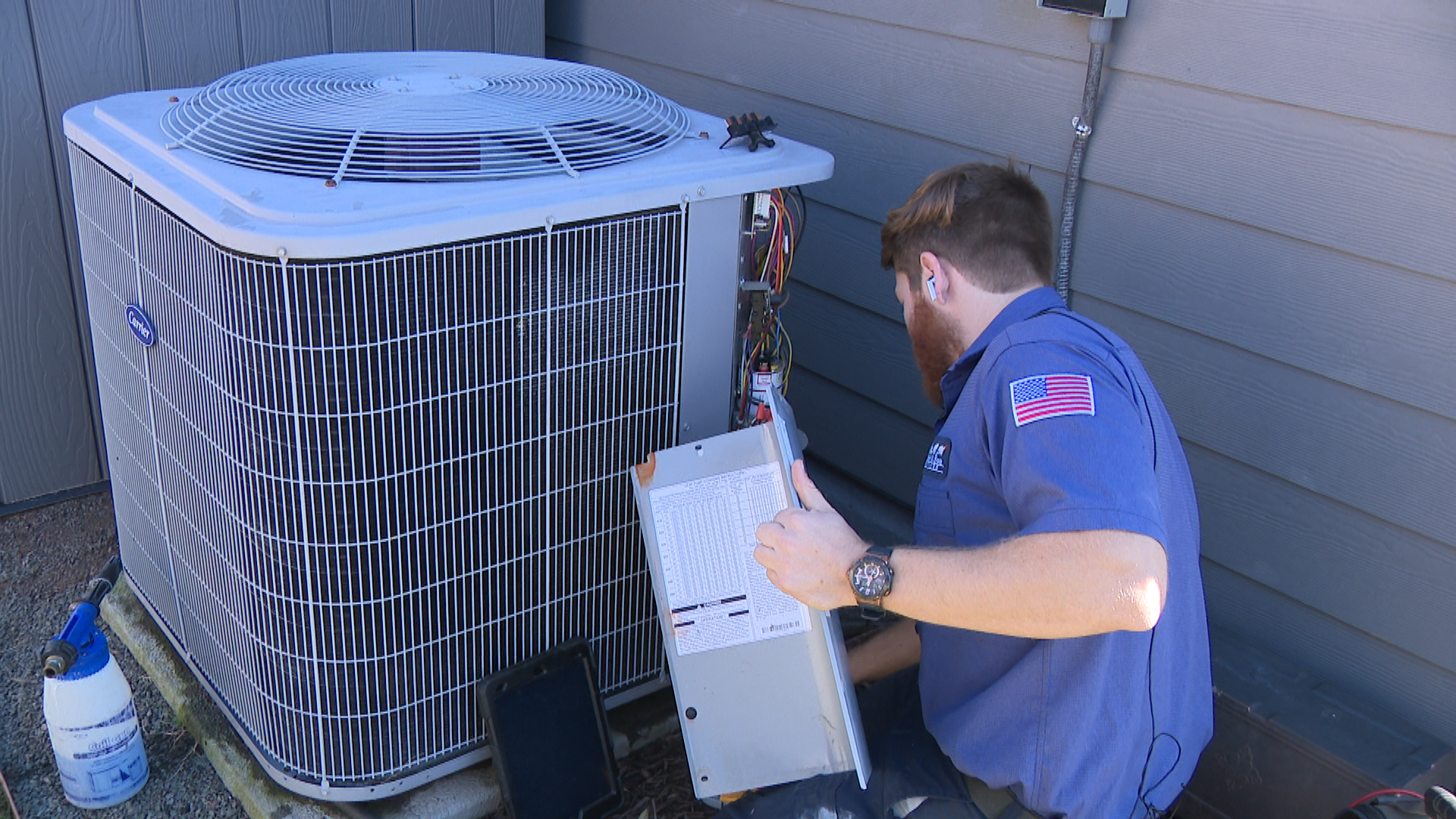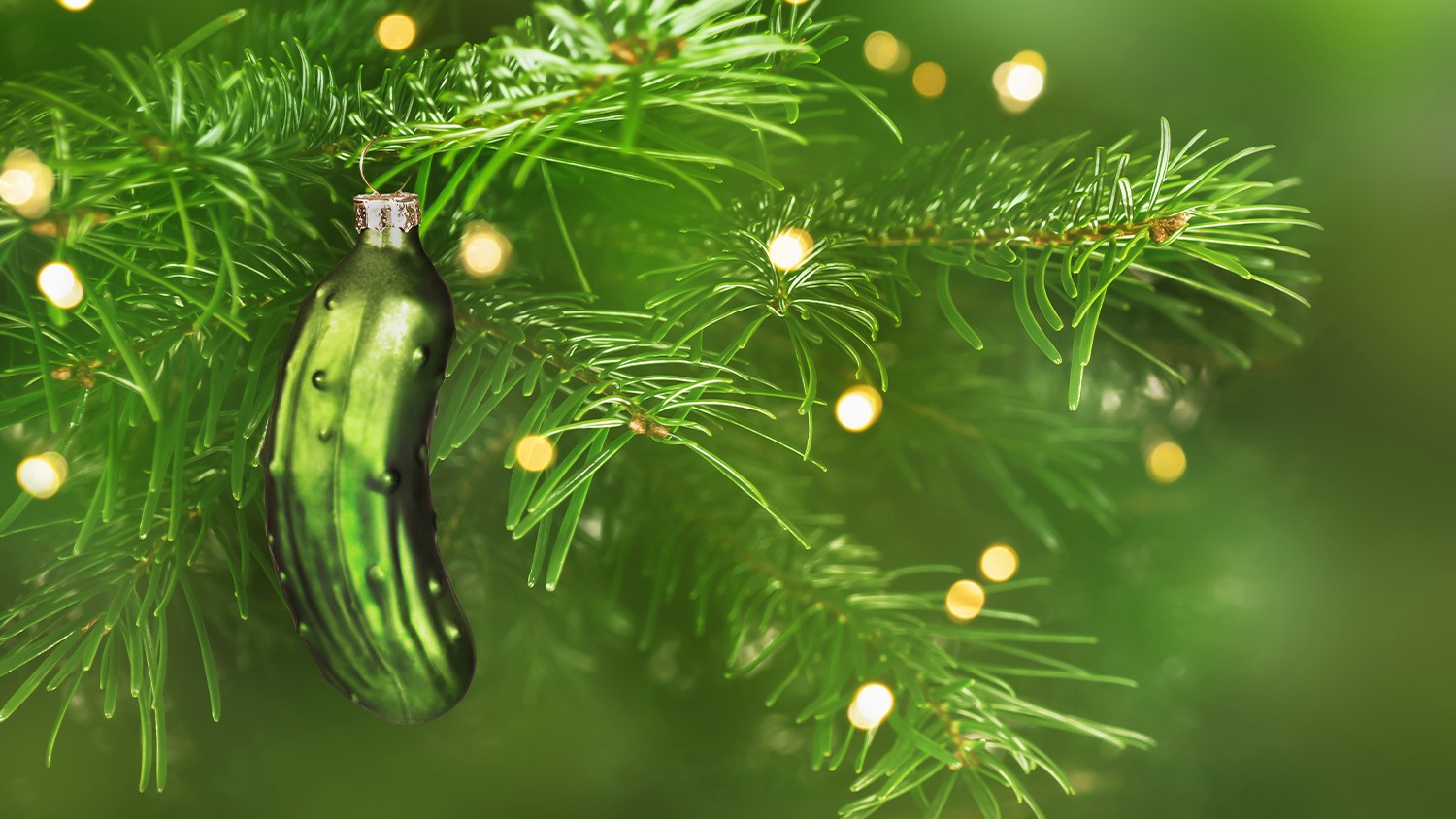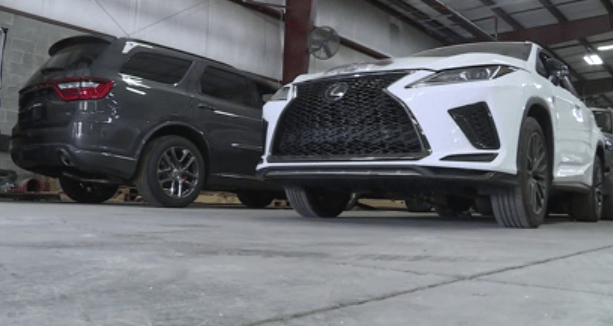PORTSMOUTH, Va. (WAVY) – Get ready to look up and north! There is a small chance that parts of the United States that don’t typically see the Northern Lights, also known as the aurora, could see them Friday night into early Saturday morning!
Why is this happening?
A large, complex sunspot cluster emitted a coronal mass ejection (CME). These CMEs, when they arrive at earth, can create a geomagnetic storm.
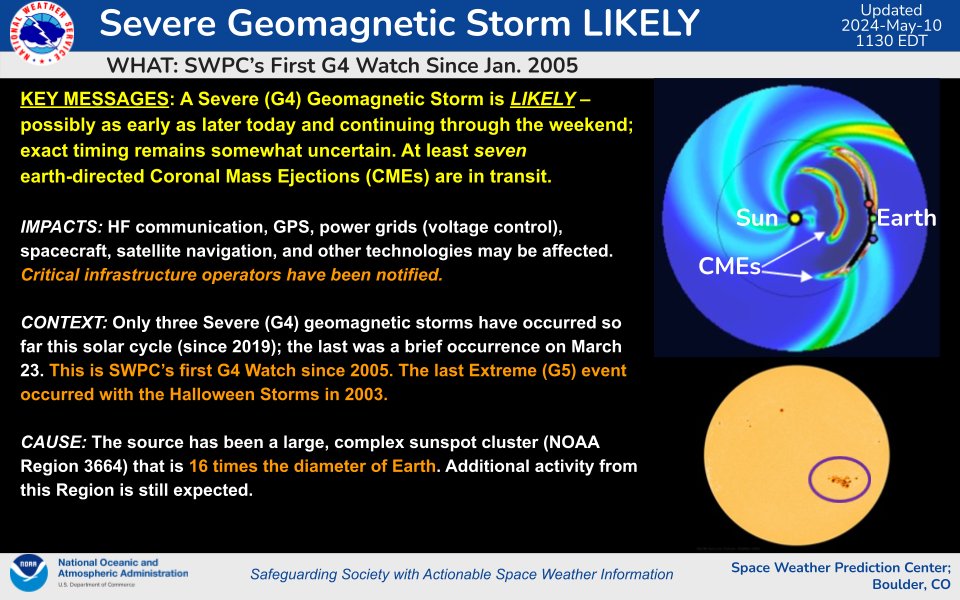
NOAA’s Space Weather Prediction Center issued its first G4 Watch since 2009 on Thursday – a heads up that a significant solar storm was likely. Watches at this level (G4) are very rare.
What does this mean?
There is no direct impact to the public from a G4 solar storm. In fact, if you didn’t read this blog, you wouldn’t even know one was going on. According to NOAA, some high frequency communications and GPS systems reliability can be degraded due to this level of a storm, but no impacts on the public are expected. Your GPS and electricity will still function as normal.
So, why do we care then that this is going on?
Well, the exciting part of this G4 storm is that it COULD allow for parts of the United States that don’t typically see the Northern Lights, aka the Aurora Borealis, to see something!
There are two main groups that forecast aurora activity – NOAA and the Geophysical Institute at the University of Alaska. Their maps for visibility differ some.
The red areas on the map below from NOAA show the spots that have the best chances. Areas along the red line may have viewing on the horizon.

The map from the Geophysical Institute at the University of Alaska has the viewing area much further south, with potentially naked eye viewing in parts of Virginia, Pennsylvania, Maryland, West Virginia and Ohio. This has happened before, but it’s rare.
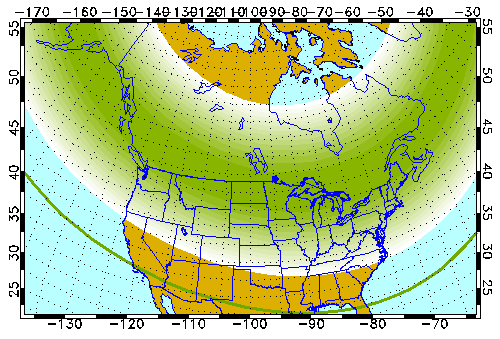
You’ll notice both maps do vary some in where they have the viewing area. The Alaska map is much more aggressive. Which one is right? Hard to say, they both have been accurate before. That’s why you have to just take the chance and look!
What about Hampton Roads? Will we see anything?
Alright, now that I have you all excited, here’s the issue… The problem with viewing in Hampton Roads is we expect a good amount of cloud cover overnight Friday into Saturday (11 p.m. – 3 a.m.). Below is a map from the Super Doppler 10 FutureTrak computer model showing the potential cloud cover.
The other issue for Hampton Roads is light pollution. We have a lot of city lights, so viewing of any event (meteor showers, stars, aurora) is tough due to that light pollution. You want to get to a dark spot, away from city lights to have a chance to view it. The Eastern Shore of Virginia and Outer Banks of North Carolina typically are the best spots to go, however, once again clouds will likely be in those areas.
For Virginia, the best viewing potential will likely be in the central and western parts of the state, towards the mountains. This is where a combination of a lack of light pollution and cloud cover could allow for some viewing.
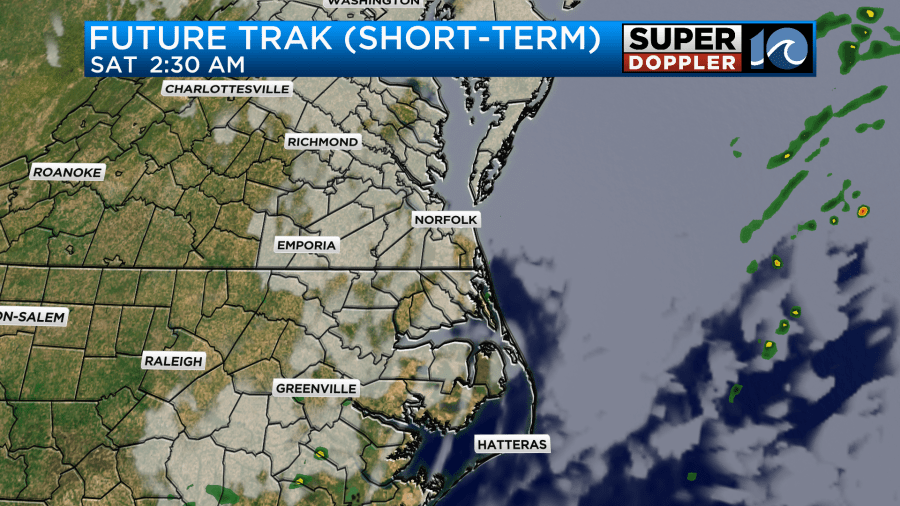
So what should I do if I want to try and see this?
Here’s my tips on if you want to try and see this.
First, keep your expectations low. These events, while they do sometimes verify have more than often busted. People have seen the northern lights in Virginia before, but it’s rare. At the same time, storms of this magnitude are rare, so that’s why I think it’s worth a shot to look. This is the best chance we’ve had in years, and if it verifies like the Alaska prediction says, it could be very, very cool!
The best chance of seeing anything would be in a spot where you have a clear view of the northern horizon (river bank, shoreline). If you have a DSLR camera, you can try to take a long exposure shot too and see if you can capture anything.
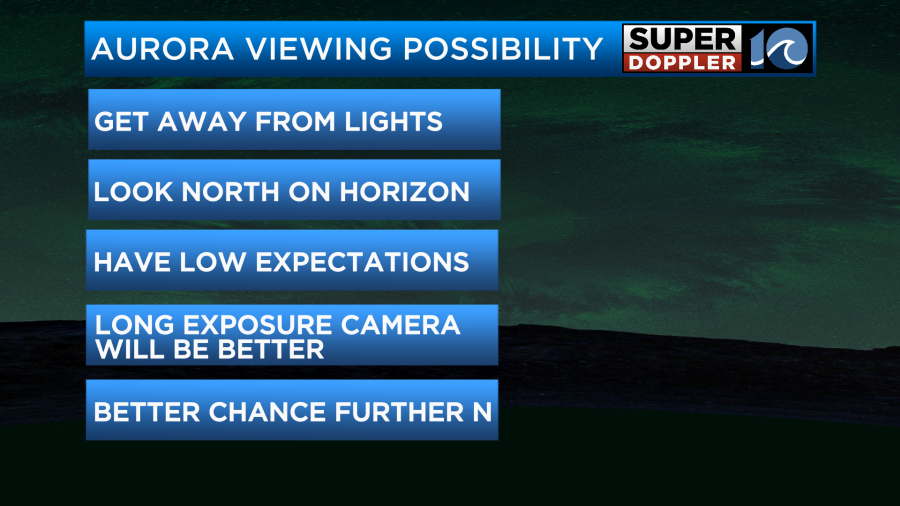
If you do happen to capture anything, we’d love to see your photos. You can send them in at wavy.com/report-it.
I’ll also post some updates on social media through the evening to keep you updated on this potential. You can follow me on Twitter/X for updates.
Meteorologist Ricky Matthews



















































